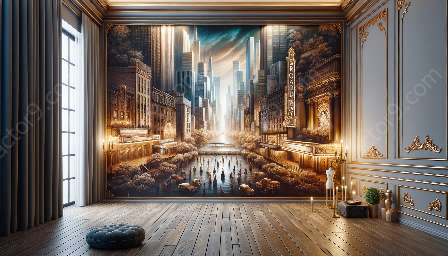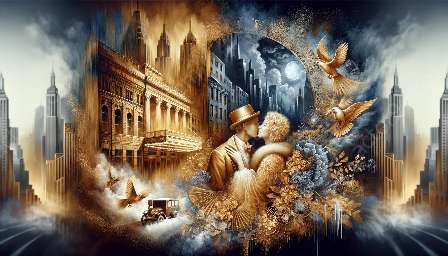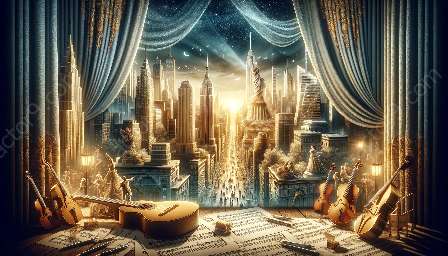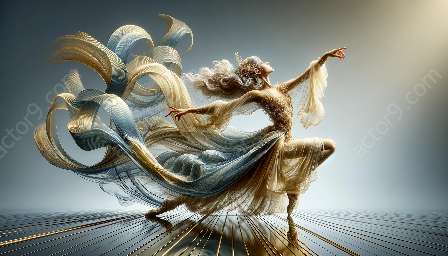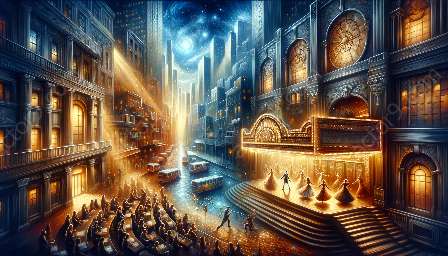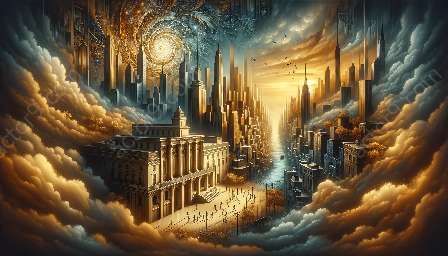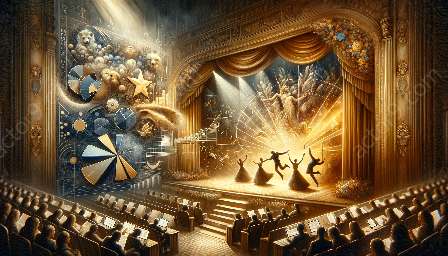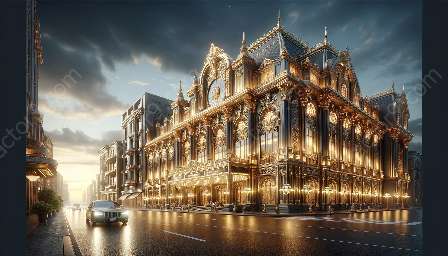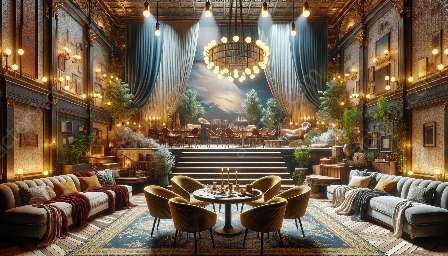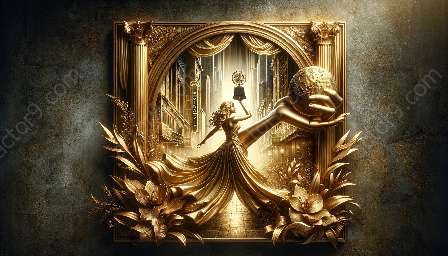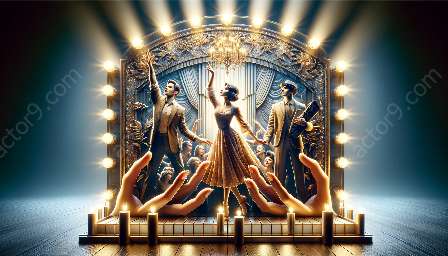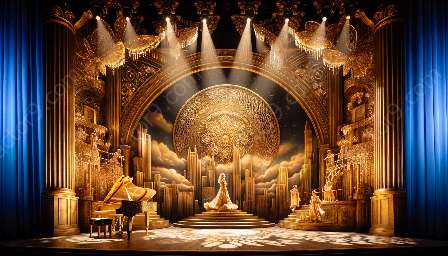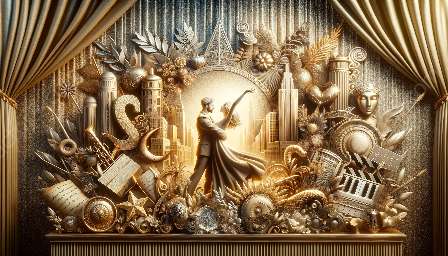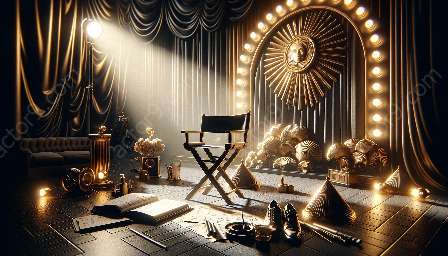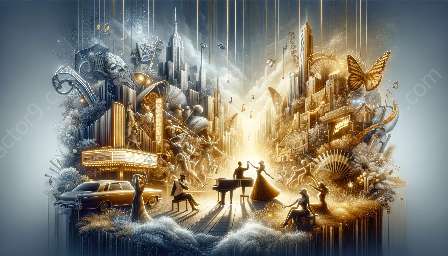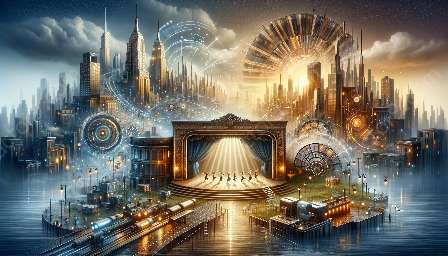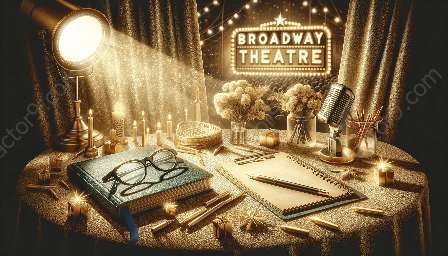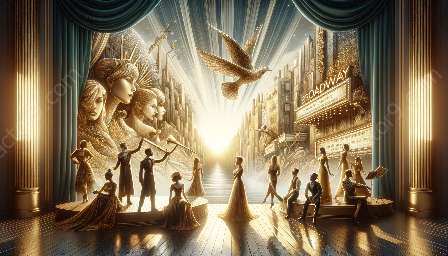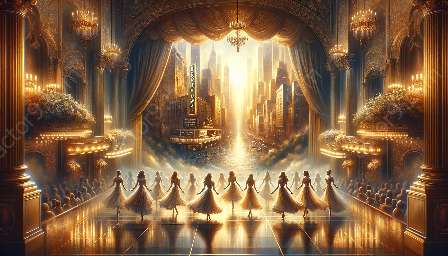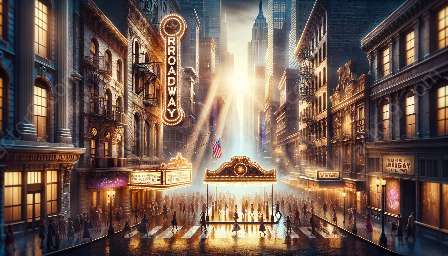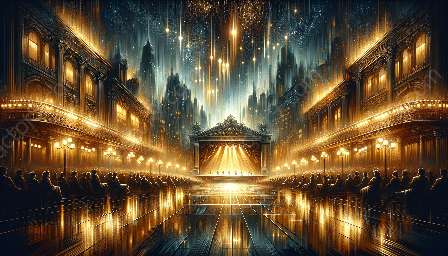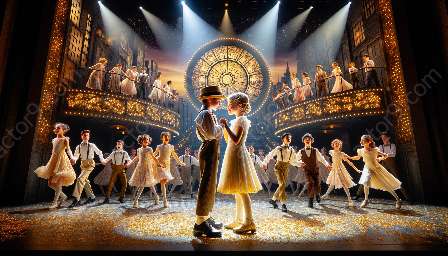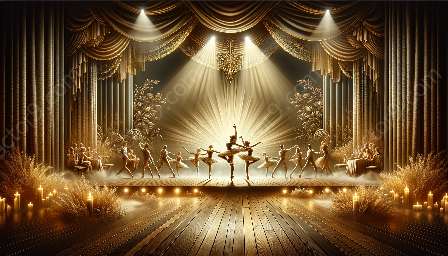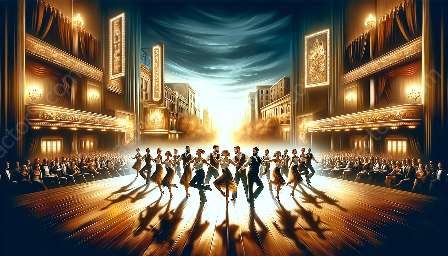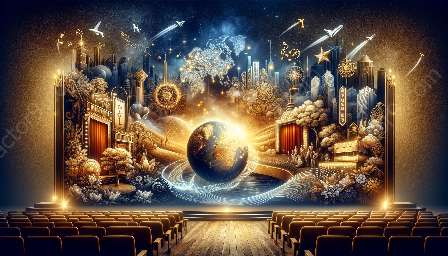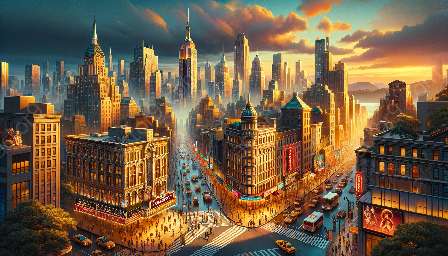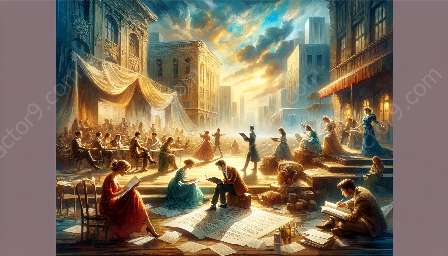Broadway production design plays a vital role in shaping the narrative and enhancing the emotional impact of a performance. From elaborate sets and stunning costumes to innovative lighting and immersive sound, every element of production design contributes to the overall storytelling experience.
The Role of Set Design
One of the most prominent aspects of Broadway production design is set design. The elaborate and meticulously crafted sets serve as the backdrop for the story, creating a tangible and immersive environment for the audience. Whether it's a bustling city street, a grand ballroom, or a magical forest, the set design transports the audience to different worlds and sets the stage for the unfolding drama.
Set design also serves a functional purpose, allowing for seamless scene transitions and providing the actors with a dynamic and versatile space to inhabit. The careful attention to detail in set design not only adds visual richness to the performance but also conveys important contextual information, enriching the storytelling experience.
The Power of Lighting
Lighting design is another critical component of Broadway production that significantly influences the storytelling process. Through the interplay of light and shadow, lighting designers evoke mood, atmosphere, and emotion, shaping the audience's perception of the narrative unfolding on stage.
Subtle shifts in lighting can convey the passage of time, evoke a sense of foreboding, or highlight a character's inner turmoil. From vibrant spotlights to soft, warm hues, the use of lighting plays a pivotal role in guiding the audience's focus and enhancing the dramatic impact of the performance.
The Impact of Costumes
Costume design is an integral part of Broadway production design, as it not only enhances the visual appeal of the performance but also helps in character portrayal and story development. The careful selection of fabrics, colors, and styles contributes to the authenticity of the characters, reflecting their personalities, social status, and historical context.
Through costumes, the audience gains insights into the characters' identities, relationships, and inner struggles. In musical theater, costumes often convey the spirit of the era or the thematic elements of the production, adding layers of meaning to the storytelling and enriching the overall visual spectacle.
The Immersive Nature of Sound
Sound design is an often underestimated yet powerful component of Broadway production. The careful utilization of sound effects, ambient noises, and musical scores enhances the audience's engagement with the narrative, creating a multi-sensory experience that resonates emotionally.
Subtle sound cues can build tension, underscore pivotal moments, or transport the audience to a different time or place. The integration of sound design with other production elements amplifies the storytelling, immersing the audience in a rich auditory tapestry that complements the visual and narrative aspects of the performance.
Integration and Collaboration
Ultimately, the effectiveness of Broadway production design in storytelling lies in the seamless integration and collaboration of multiple design elements. Set, lighting, costumes, and sound work in harmony to bring the narrative to life, creating a captivating and cohesive theater experience that resonates with the audience on a profound level.
The Emotional Impact
By immersing the audience in a world of stunning visuals, evocative lighting, authentic costumes, and immersive soundscapes, Broadway production design enhances the overall emotional impact of a performance. It fosters a deep connection between the audience and the narrative, eliciting a range of emotions and leaving a lasting impression long after the final curtain call.
Understanding the intricate interplay between production design and storytelling is essential for appreciating the artistry and craftsmanship that goes into creating a memorable Broadway performance.

